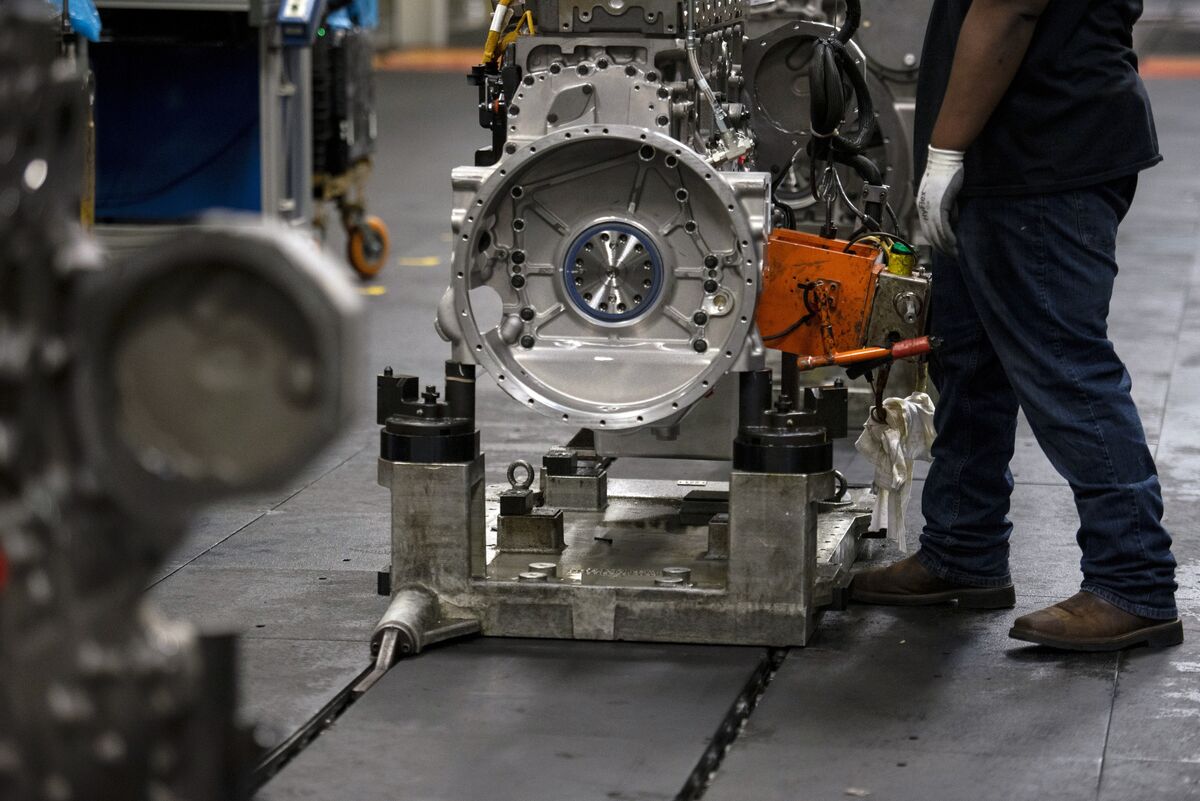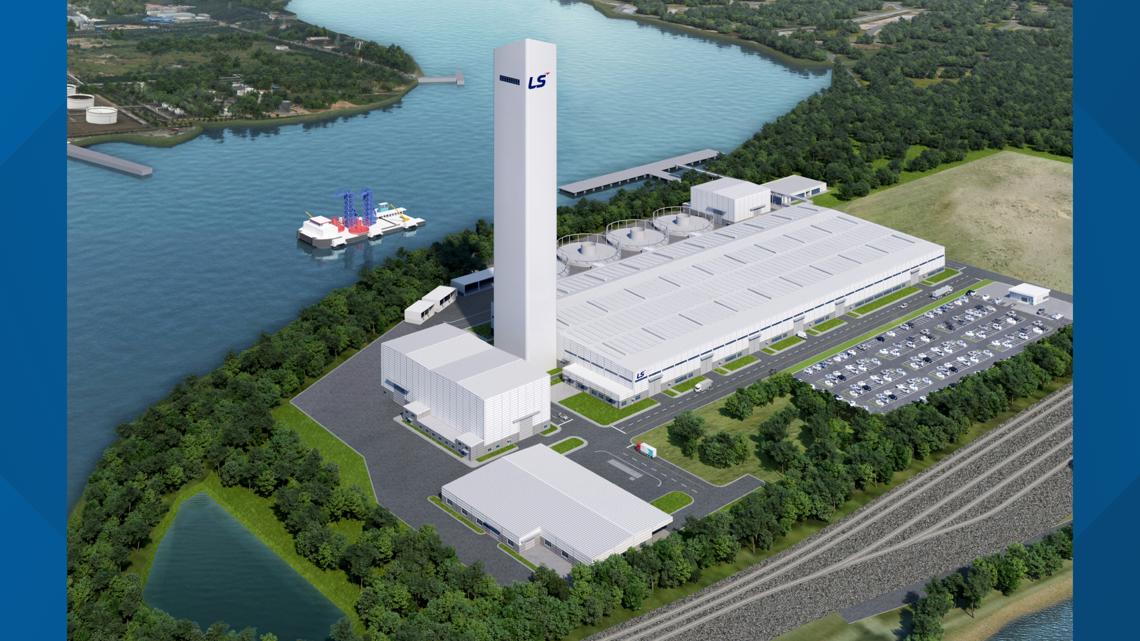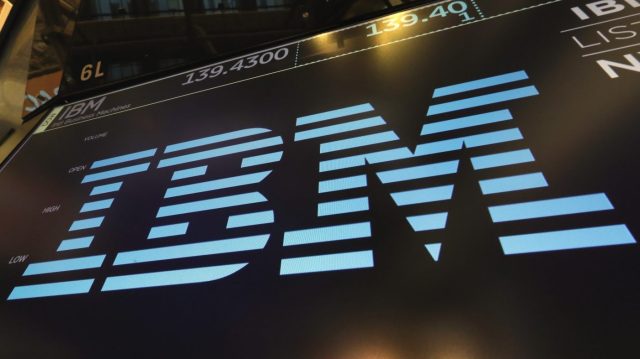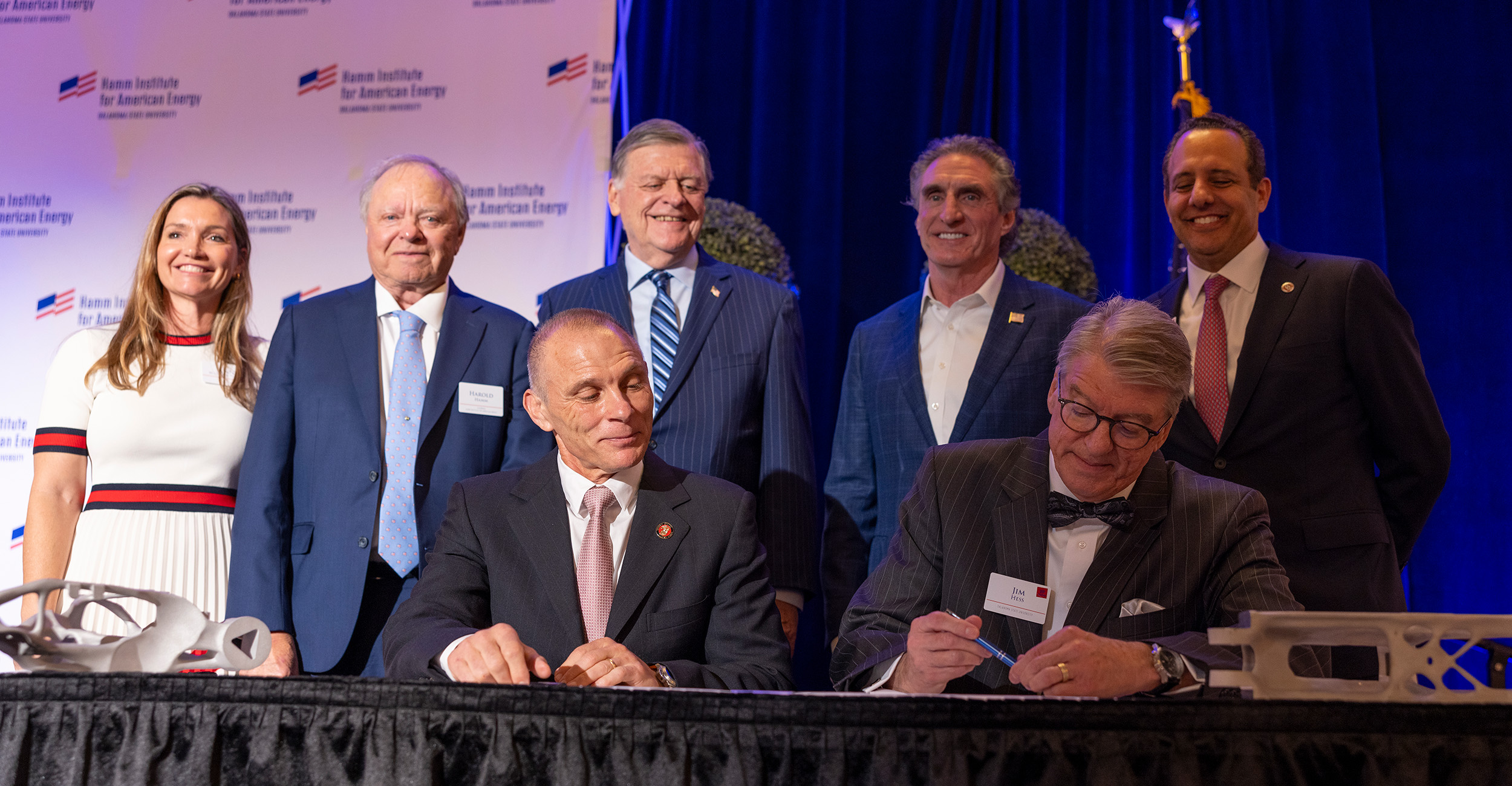
Manufacturing Breakthrough: Industry Experts Convince FDA That Process Modeling Nails Batch Uniformity
In a bold stance on pharmaceutical manufacturing, the US pharmaceutical industry is challenging traditional quality control methods. Representatives have argued to the FDA that sophisticated process modeling techniques are robust enough to independently verify batch uniformity in advanced manufacturing processes, potentially eliminating the need for additional in-process material testing. The industry's position suggests a significant shift in quality assurance approaches, proposing that sophisticated computational models can comprehensively assess product consistency without supplementary physical testing. By relying solely on advanced process models, pharmaceutical manufacturers aim to streamline production protocols and potentially reduce testing time and costs. This approach represents a progressive perspective on quality control, leveraging cutting-edge technological capabilities to demonstrate product uniformity. The pharmaceutical sector believes that these sophisticated modeling techniques can provide sufficiently precise insights into batch consistency, challenging long-standing regulatory expectations of comprehensive material testing. As the FDA considers this proposal, the potential implications for manufacturing efficiency and regulatory standards could be substantial, marking a potential turning point in pharmaceutical production methodologies.









